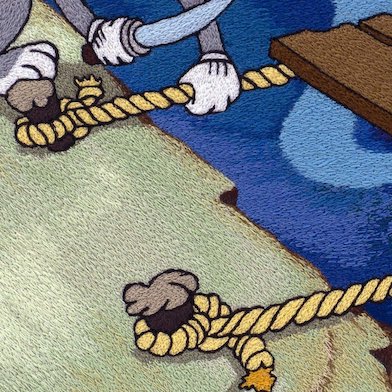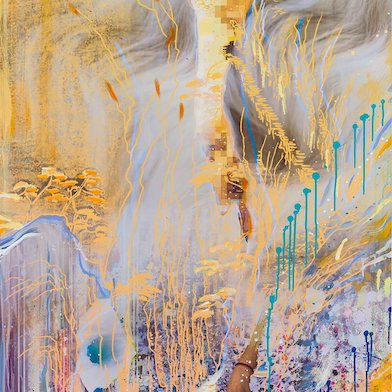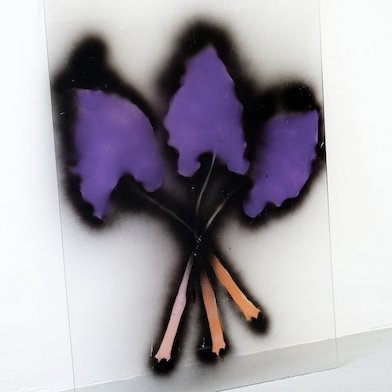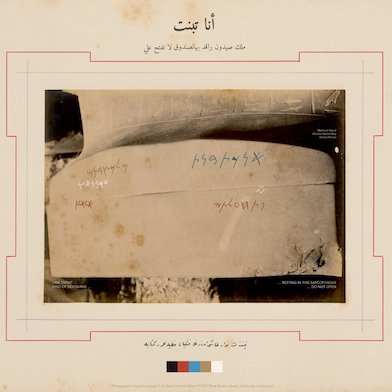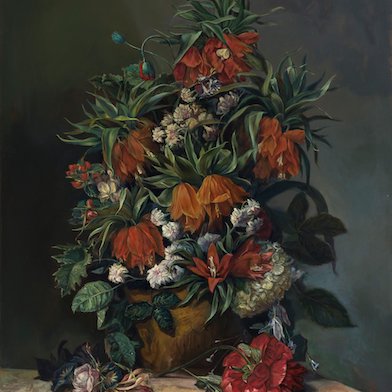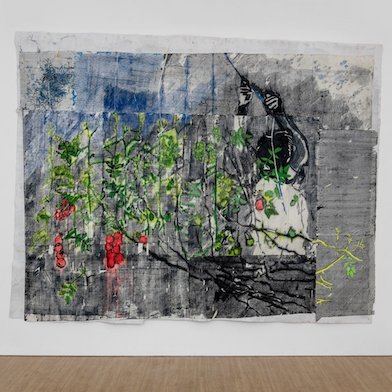Open: Tue-Fri 1pm-6pm, Sat 12-6pm
Visit
Ian Kiaer: Endnote, tooth
Barbara Wien, Berlin
Sat 29 Apr 2017 to Wed 28 Jun 2017
Schöneberger Ufer 65, 3rd floor, D-10785 Ian Kiaer: Endnote, tooth
Tue-Fri 1pm-6pm, Sat 12-6pm
Artist: Ian Kiaer
Galerie Barbara Wien presents its first solo exhibition with Ian Kiaer; the opening coincides with Gallery Weekend Berlin 2017.
Installation Views
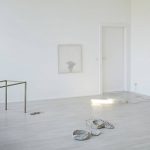
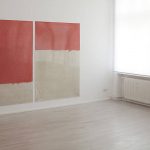
Under the title of "Endnote, tooth", the British artist will show new works arising from his long-standing preoccupation with architectural projects by Frederick Kiesler (1890–1965) and Moshe Safdie (* 1938).
Utopian approaches to architecture, literature, philosophy and art generally serve as the starting point for Ian Kiaer‘s work. The exhibition‘s title, "Endnote, tooth", is suggestive of a connection with Frederick Kiesler‘s "Tooth House". His unrealised architectural proposal from the late 1940s is based on the idea of a tooth-shaped building, aiming to unite the aspects of living, working and leisure whilst fully integrating the structure into its natural environment. Kiesler‘s research into the "Tooth House" is grounded by his theory of Correalism, whereupon he called for a careful analysis of the purpose and effect of every intervention within the environment. He understood the coexistence of mankind and the environment as a holistic system which should involve all art forms, including ethnographic and scientific knowledge as well as magic and myth.
Another aspect of the exhibition concerns the architecture of Moshe Safdie. In particular, Kiaer is interested in Safdie‘s projects on alternative housing estates in urban agglomerations. With "Habitat ‘67" in Montreal, completed for the World Exposition in 1967, Safdie developed a new form of residential high-rise. In opposition to the hefty, urban densification he simultaneously opted for an open and efficient structure. Each apartment was designed to have the qualities of a detached house. With this, Safdie became one of the first architects to use prefabricated units for living quarters. He distributed and arranged these units over twelve stories so that a kind of breathable shell formed, fitting into the topography of the landscape.
Kiaer‘s installations and objects made from everyday items, found materials, models and paintings do not directly reference particular projects by Kiesler and Safdie. They can be understood as open, experimental arrangements or the (preliminary) findings of a series of associations – such as the composite installation "Endnote, tooth (grey)". In one part of the room is a second-hand table frame, hanging on the wall is a watercolour of a money tree and recognisable in another picture is the structure of a wooden floor. On the floor lie three, radiant fluorescent tubes upon a piece of bubble wrap. Situated next to them are several casts from concrete and cardboard, which look like fragments of a building and lumps of earth. Directly next to the table frame, stands an architectural model made out of cardboard and plastic. The individual elements of the installation appear to be casually arranged, yet nothing is left to chance; each object is dependent on one another and its relationship to the space. The set-up is reminiscent of a traditionally composed painting – each item is precisely positioned – and yet everything here looks unspectacularly improvised. Kiaer uses the floors and walls as equal surfaces in his presentation. In doing so, he confronts the viewer with different dimensions and scales: on the one hand of the space and the objects built within it, and that of the models on the other.
For Kiaer, a model implies both a certain idea and an experimental openness. He regards it as a fragment, which also always demonstrates the absence of something. By using models, he expands the possibilities of painting – Kiaer posits paintings and models in equal coexistence, without giving preference to a medium.
Kiaer does not simply illustrate realised or unrealised projects by architects and philosophers, rather he rethinks them. Hence, the term "Endnote" can also be understood literally: in his works, Kiaer provides additional information to a utopian world of ideas, that can forever be re-written, or also overridden, again and again.
Ian Kiaer, born 1971 in London, currently lives and works in London and Oxford. He has had numerous international solo exhibitions at venues including the Neubauer Collegium, Chicago (2016); the Henry Moore Institute, Leeds and Focal Point Gallery, Southend-on-Sea (both 2014); Centre International de l‘art et du Paysage, Vassivière (2013); Aspen Art Museum (2012); Kunstverein München (2010); and Galleria d‘Arte Moderna e Contemporanea, Turin (2008).
Additionally, Kiaer has participated in group shows such as at frac île-de-france, Paris; Mudam Luxembourg; Tate Modern and Tate Britain, London; Hammer Museum, Los Angeles; Hayward Gallery, London; the Biennale d‘Art contemporain, Rennes (2012); the Biennale de Lyon (2009); the Istanbul Bienniale (2007); and the Berlin Biennale (2006).
In November 2017, Ian Kiaer will open a solo exhibition at the Musée d‘Art moderne de la Ville de Paris.
